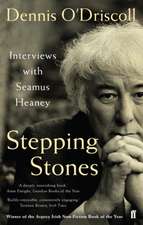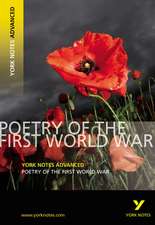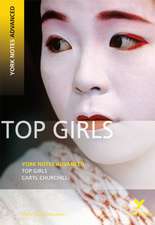Apocalyptic Patterns in Twentieth–Century Fiction
Autor David Leighen Limba Engleză Hardback – 31 iul 2022
| Toate formatele și edițiile | Preț | Express |
|---|---|---|
| Paperback (1) | 204.24 lei 6-8 săpt. | |
| MR – University of Notre Dame Press – 14 oct 2008 | 204.24 lei 6-8 săpt. | |
| Hardback (1) | 590.90 lei 6-8 săpt. | |
| MR – University of Notre Dame Press – 31 iul 2022 | 590.90 lei 6-8 săpt. |
Preț: 590.90 lei
Preț vechi: 767.40 lei
-23% Nou
Puncte Express: 886
Preț estimativ în valută:
113.08€ • 117.62$ • 93.36£
113.08€ • 117.62$ • 93.36£
Carte tipărită la comandă
Livrare economică 15-29 aprilie
Preluare comenzi: 021 569.72.76
Specificații
ISBN-13: 9780268205768
ISBN-10: 0268205760
Pagini: 272
Dimensiuni: 157 x 236 x 25 mm
Greutate: 0.57 kg
Editura: MR – University of Notre Dame Press
ISBN-10: 0268205760
Pagini: 272
Dimensiuni: 157 x 236 x 25 mm
Greutate: 0.57 kg
Editura: MR – University of Notre Dame Press
Notă biografică
Descriere scurtă
Recenzii
“Leigh aims in this very learned monograph to discern how selected modern novels have ‘used the Apocalyptic tradition as found in the book of Revelation and other classic works,’ and issues raised by these novels that ‘call for theological and philosophical reflection.’ . . . This authoritative literary criticism is recommended to academic libraries supporting graduate programs in literature.” —Catholic Library World
“David Leigh has written Apocalyptic Patterns in Twentieth-Century Fictionon something of the sweeping scale of apocalyptic literature itself. Concentrating on the century just ended, it explores 21 novels and two autobiographies, examines American, African American, British, and postcolonial literature, includes modernist and postmodernist texts, and embraces genres that range from personal narrative to speculative fiction. Leigh’s readings place literature and theology in a dialogue that he himself is now in an excellent position to develop.” —Theological Studies
“. . . Leigh succeeds in providing his readers with a general survey of twentieth-century novels that retrieve the thematic and formal elements of premodern apocalyptic literature. The primary accomplishment of this book lies in its demonstration of how extensively and deeply apocalyptic elements are woven into the fabric of twentieth-century fiction . . . the reading methodology of this book is worthy of the attention of scholars and students interested in the interrelation and interaction of religion and literature.” —Journal of Religion
















